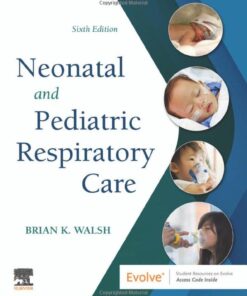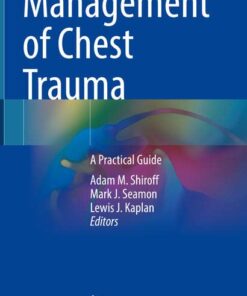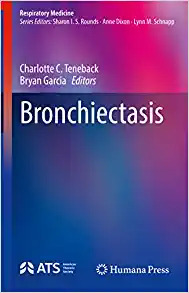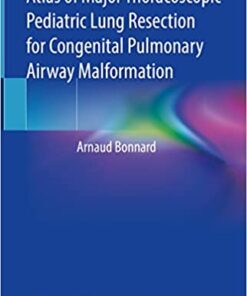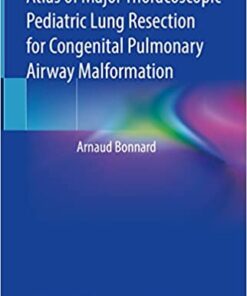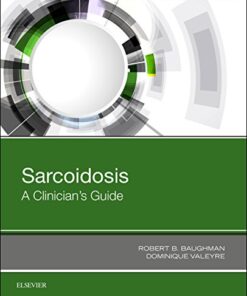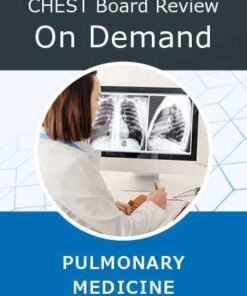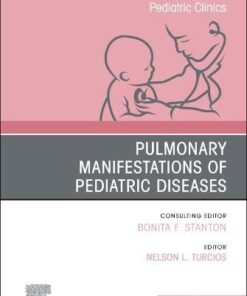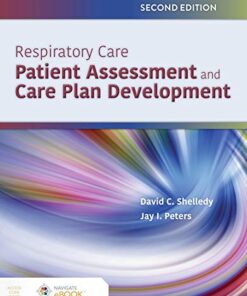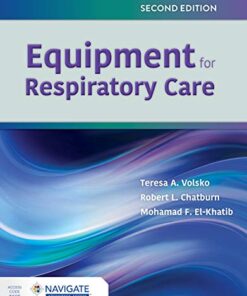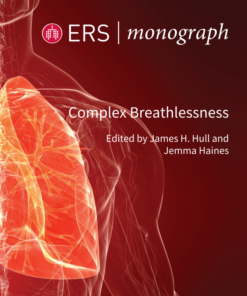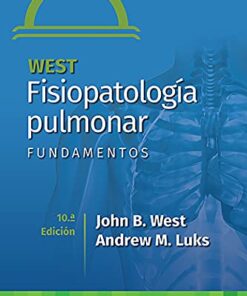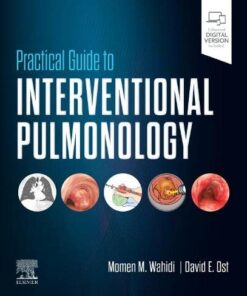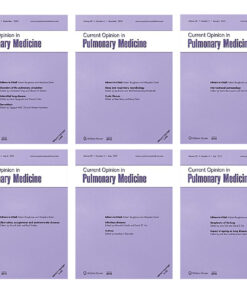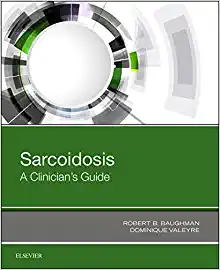Discover the Best Respiratory Books to Enhance Your Knowledge
Discover the Best Respiratory Books Now!
Are you looking for the best books on respiratory health? Look no further! At DentalBooks.net, you can find a wide selection of books that cover topics such as asthma, COPD, and other respiratory diseases. Whether you’re a medical professional or just someone who wants to learn more about respiratory health, these books are sure to provide you with the information you need. With titles from leading authors in the field, you can trust that you’ll be getting the most up-to-date and accurate information available. So don’t wait any longer – explore our selection of respiratory books today and start learning more about this important topic!
RESPIRATORY BOOKS
RESPIRATORY BOOKS
Neonatal and Pediatric Respiratory Care, 6th Edition (Original PDF from Publisher)
RESPIRATORY BOOKS
Bronchiectasis (Respiratory Medicine) (Original PDF from Publisher)
RESPIRATORY BOOKS
RESPIRATORY BOOKS
RESPIRATORY BOOKS
RESPIRATORY BOOKS
RESPIRATORY BOOKS
RESPIRATORY BOOKS
Chestnet Critical Care Board Review On Demand 2022 (CME VIDEOS)
RESPIRATORY BOOKS
Rapid Interpretation of Ventilator Waveforms, 3rd Edition (Original PDF from Publisher)
RESPIRATORY BOOKS
RESPIRATORY BOOKS
RESPIRATORY BOOKS
RESPIRATORY BOOKS
RESPIRATORY BOOKS
Respiratory Care: Patient Assessment and Care Plan Development, 2nd Edition (EPUB)
RESPIRATORY BOOKS
Wilkins’ Clinical Assessment in Respiratory Care, 8th Edition (Original PDF from Publisher)
RESPIRATORY BOOKS
West. Fisiopatología pulmonar. Fundamentos, Tenth edition (Spanish Edition) (High Quality Image PDF)
RESPIRATORY BOOKS
Current Opinion in Pulmonary Medicine 2022 Full Archives (True PDF)
RESPIRATORY BOOKS
Sarcoidosis: A Clinician’s Guide (Original PDF from Publisher)
RESPIRATORY BOOKS
RESPIRATORY BOOKS
Introduction
Are you looking to enhance your knowledge of respiratory health? Look no further than our list of the best respiratory books. From comprehensive guides to specialized topics, these books provide valuable insight into the world of respiratory health. Whether you're a medical professional or just curious about the subject, these books will help you gain a better understanding of the respiratory system and its related conditions. With expert advice from leading authors, you'll be able to make informed decisions about your own health and that of your loved ones. Read on to discover the best respiratory books to enhance your knowledge.
Understanding the Anatomy and Physiology of the Respiratory System
The respiratory system is a complex network of organs and tissues that work together to provide oxygen to the body and expel carbon dioxide. It is responsible for the exchange of gases between the environment and the body, and it plays an important role in maintaining homeostasis. Understanding the anatomy and physiology of the respiratory system is essential for proper diagnosis and treatment of respiratory diseases.
The respiratory system consists of the nose, mouth, pharynx, larynx, trachea, bronchi, and lungs. The nose and mouth are the primary entry points for air into the body. Air passes through the nasal cavity, where it is warmed, humidified, and filtered before entering the throat. From there, it travels down the pharynx, which is a tube-like structure connecting the nose and mouth to the larynx. The larynx, or voice box, is located at the top of the trachea and contains the vocal cords. The trachea is a tube-like structure that branches off into two bronchi, one for each lung. The bronchi divide further into smaller tubes called bronchioles, which lead to the alveoli, the tiny air sacs in the lungs where gas exchange takes place.
The respiratory system works by inhaling oxygen and exhaling carbon dioxide. During inhalation, the diaphragm contracts and moves downward, creating a vacuum in the chest cavity. This causes air to be drawn into the lungs. As the air passes through the bronchi and bronchioles, it is warmed and humidified. The air then enters the alveoli, where oxygen is absorbed into the bloodstream and carbon dioxide is expelled. During exhalation, the diaphragm relaxes and moves upward, pushing the air out of the lungs.
The respiratory system also plays an important role in regulating blood pH. Carbon dioxide is a waste product of cellular respiration and is acidic. When carbon dioxide accumulates in the bloodstream, it can cause the blood to become too acidic. To counteract this, the respiratory system increases the rate of breathing, allowing more carbon dioxide to be expelled from the body.
Understanding the anatomy and physiology of the respiratory system is essential for proper diagnosis and treatment of respiratory diseases. By understanding how the respiratory system works, healthcare professionals can better diagnose and treat conditions such as asthma, COPD, and pneumonia.
Exploring the Causes, Symptoms, and Treatments of Respiratory Diseases
Respiratory diseases are a group of illnesses that affect the lungs and airways. These diseases can range from mild to severe, and can be caused by a variety of factors. Common causes of respiratory diseases include smoking, air pollution, allergies, and infections.
The most common symptoms of respiratory diseases include difficulty breathing, chest pain, coughing, wheezing, and shortness of breath. Other symptoms may include fatigue, fever, and weight loss. In some cases, respiratory diseases can cause serious complications such as pneumonia, bronchitis, and asthma.
Treatment for respiratory diseases depends on the type and severity of the condition. Milder forms of respiratory diseases may be treated with lifestyle changes such as quitting smoking, avoiding exposure to air pollutants, and taking medications to reduce inflammation. More severe cases may require hospitalization and intensive care.
In addition to medical treatments, there are also several lifestyle changes that can help improve respiratory health. These include exercising regularly, eating a healthy diet, getting enough sleep, and avoiding exposure to air pollutants. It is also important to avoid smoking and secondhand smoke.
Respiratory diseases can have a significant impact on quality of life. It is important to seek medical attention if you experience any of the symptoms mentioned above. Early diagnosis and treatment can help prevent more serious complications and improve overall health.
Examining the Role of Nutrition in Respiratory Health
Nutrition plays an important role in respiratory health, as it can help to reduce the risk of developing certain respiratory conditions and improve overall lung function. Eating a balanced diet that is rich in essential vitamins and minerals can help to support the body’s natural defenses against respiratory illnesses.
Vitamins A, C, and E are all important for respiratory health. Vitamin A helps to maintain healthy mucous membranes in the lungs, which can help to protect against infection. Vitamin C is an antioxidant that helps to reduce inflammation in the lungs, while vitamin E helps to strengthen the immune system. Eating foods that are high in these vitamins, such as dark leafy greens, citrus fruits, and nuts, can help to support respiratory health.
In addition to vitamins, minerals such as zinc, selenium, and magnesium are also important for respiratory health. Zinc helps to boost the immune system and reduce inflammation in the lungs, while selenium helps to protect against oxidative damage. Magnesium helps to relax the airways and reduce the risk of asthma attacks. Foods that are high in these minerals include seafood, legumes, and whole grains.
Eating a diet that is rich in antioxidants can also help to support respiratory health. Antioxidants help to reduce inflammation in the lungs and protect against oxidative damage. Foods that are high in antioxidants include berries, dark chocolate, and green tea.
Finally, eating a diet that is low in saturated fat and processed foods can help to reduce the risk of developing respiratory conditions. Eating a diet that is high in fiber and plant-based proteins can help to reduce inflammation in the lungs and improve overall lung function.
Overall, nutrition plays an important role in respiratory health. Eating a balanced diet that is rich in essential vitamins and minerals, antioxidants, and fiber can help to reduce the risk of developing certain respiratory conditions and improve overall lung function.
Investigating the Latest Advances in Respiratory Medicine
Investigating the latest advances in respiratory medicine is an important part of medical research. Respiratory medicine is a branch of medicine that focuses on the diagnosis, treatment, and prevention of diseases related to the respiratory system. This includes conditions such as asthma, chronic obstructive pulmonary disease (COPD), pneumonia, and other lung diseases.
The field of respiratory medicine has seen many advances over the years. New treatments and therapies have been developed to help improve the quality of life for those suffering from respiratory illnesses. In addition, new diagnostic tools have been developed to help diagnose and monitor respiratory diseases.
One of the most recent advances in respiratory medicine is the development of gene therapy. Gene therapy involves using genetic material to treat or prevent a disease. It is being used to treat a variety of respiratory diseases, including cystic fibrosis, COPD, and asthma. Gene therapy can be used to replace defective genes with healthy ones, or to introduce new genes into the body to help fight off disease.
Another recent advance in respiratory medicine is the use of stem cells. Stem cells are cells that can develop into any type of cell in the body. They can be used to repair damaged tissue or to create new tissue. Scientists are researching ways to use stem cells to treat respiratory diseases, such as COPD and asthma.
In addition, researchers are looking into the use of artificial intelligence (AI) to help diagnose and treat respiratory diseases. AI can be used to analyze data from patient records and medical images to identify patterns and trends that could lead to better treatments. AI can also be used to detect early signs of respiratory illness and alert doctors to potential problems.
Finally, researchers are exploring the use of nanotechnology to treat respiratory diseases. Nanotechnology involves the use of tiny particles to deliver drugs directly to the lungs. This could potentially reduce the side effects associated with traditional medications and provide more targeted treatments.
These are just a few of the advances in respiratory medicine that are currently being investigated. As research continues, we can expect to see even more breakthroughs in the future.
Learning About the Benefits of Breathing Exercises for Respiratory Wellness
Conclusion
In conclusion, respiratory books are a great way to enhance your knowledge and understanding of the respiratory system. Whether you are looking for an in-depth exploration of the anatomy and physiology of the respiratory system or a more general overview of the topic, there is a book out there that can help you. With so many options available, it can be difficult to know which book is best for you. However, by researching the topics covered in each book, reading reviews, and considering your own needs, you can find the perfect book to help you learn more about the respiratory system.



